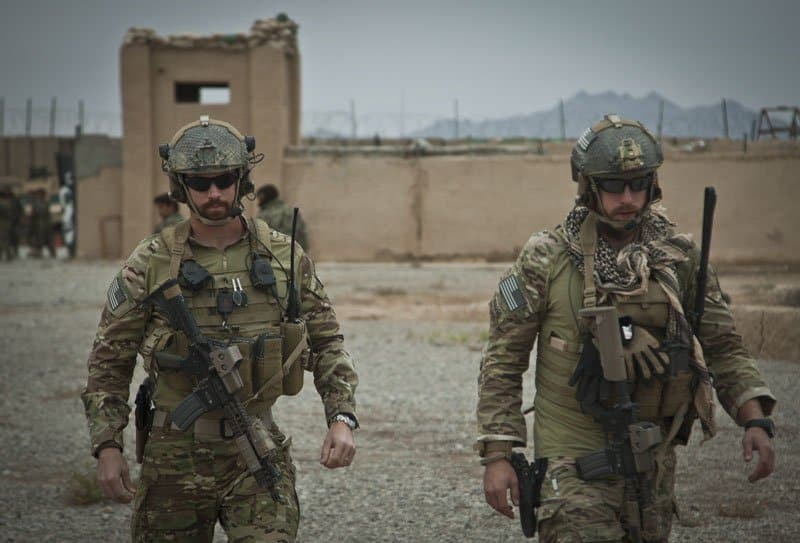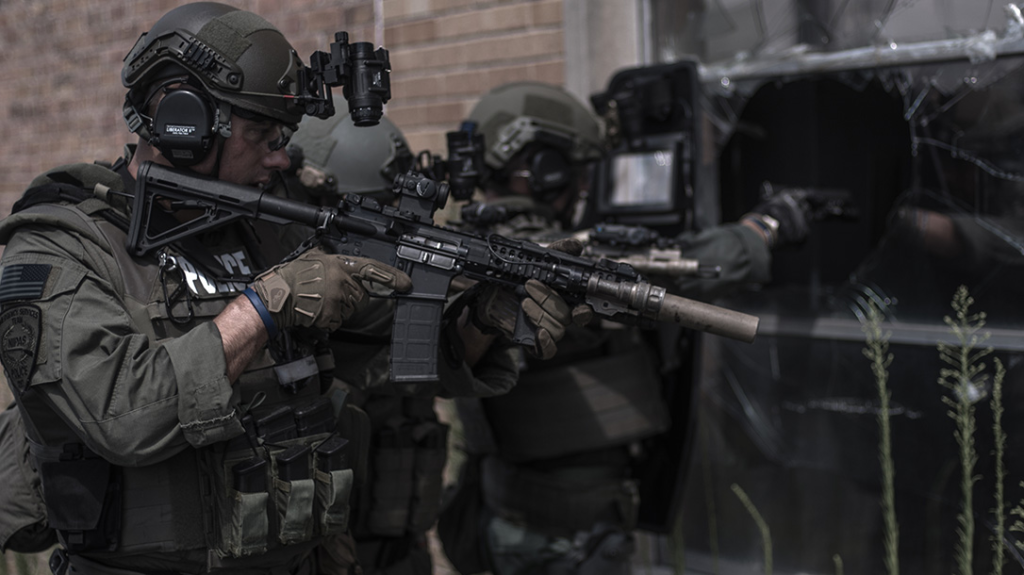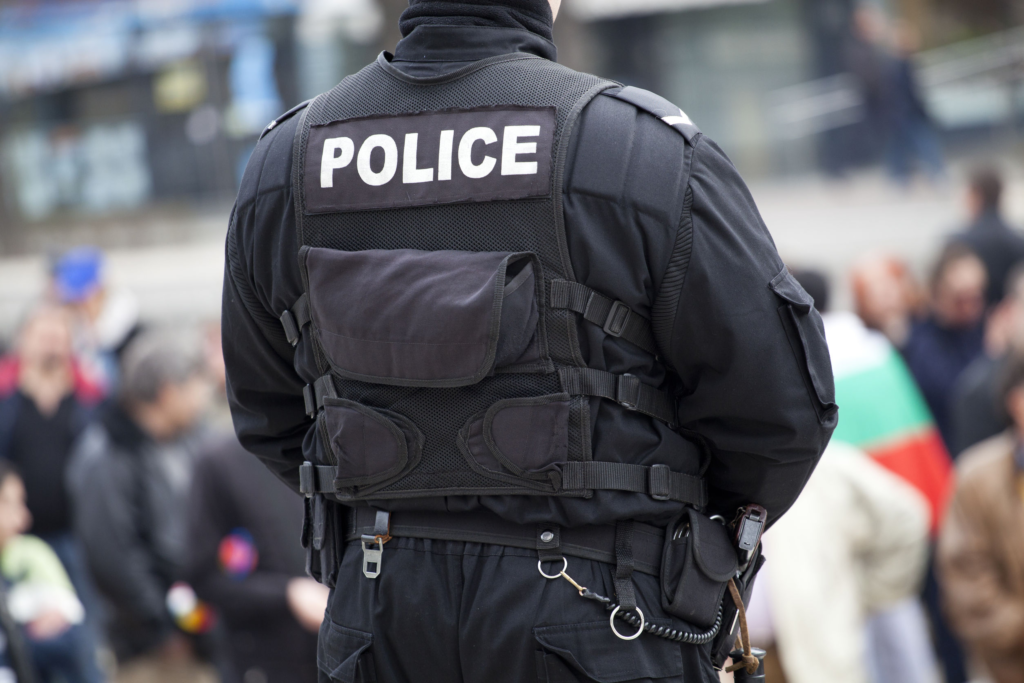We all know that the main function of bulletproof vest is to protect the trunk from bullet damage.
But is our bulletproof vest so light, simple and effective from the beginning? Of course not!
Today, let’s learn about the evolutionary history of bulletproof vests!
Level 1:Metal Vest
At first, we can think of using hard and malleable materials to make bulletproof vests to protect ourselves on the battlefield. Therefore, we used metal bulletproof vests at first. At that time, we really effectively achieved the purpose of protecting ourselves
However, metal bulletproof vests were abandoned in the 16th and 17th centuries, in part because bulletproof vests that effectively resist bullets were too heavy to be practical. Modern bulletproof vests reappeared in the first World War on a small and medium scale as a means to protect the trunk from shell fragments. However, according to the design, bulletproof vests are too heavy to prove that the protection they provide is reasonable. Many soldiers and police can not move and subdue criminals well when wearing bulletproof vests, and with the evolution of weapons, Metal bulletproof vests are gradually unable to meet the protection needs of the new era, so continue to upgrade and evolve products.

Level 2:Maneuverability Vest
Therefore, during the Second World War, the huge demand stimulated the development of light bulletproof clothing. This bulletproof clothing is composed of overlapping steel plate, aluminum plate or bonded fiberglass plate, attached to the nylon clothing, covering the front and back of the wearer. These “bulletproof vests” are flexible enough to allow the wearer to move relatively freely while providing him with sufficient protection against shell fragments. However, they can’t stop a armour piercing bullet. The armour piercing bullet can easily pass through these protections and penetrate the body. Of course, this is not what we want to see. Now that we are satisfied with lightness and excitement, we need to focus on “hardness”
In the 1960s, a new vest was developed. Its metal plate was made of steel or hard ceramic boron carbide composite layer. However, the discovery that multi-layer nylon fabrics can dissipate the energy of bullets has completely changed the use of modern bulletproof vests.

Level 3:Composite material
The role of steel or hard plastic armor is not affected by bullets. In contrast, the fabric vest deforms the bullet and then dissipates its energy to wrap it in many layers of the vest. The textile bulletproof vest is made of 16 to 24 layers of woven nylon cloth, which are sewn together like a quilt. When any ordinary pistol or submachine gun bullet hits such a garment, it will flatten immediately when it hits the outermost layer, but now the mushroom shaped bullet will dissipate energy when pressing the remaining thickness of the vest and cannot penetrate its overlapping coarse grid layer. People wearing such vests are usually injured by bullets, but there are no serious consequences. 16 layer vest can block bullets from ordinary pistols and submachine guns; Those 24 layers will block more powerful omnipotent bullets from the same weapon.

In addition to the obvious military application of fabric bulletproof vests, the rise of terrorism in the second half of the 20th century led to more use of bulletproof vests by police and counter-terrorism forces. Now bulletproof vests are not only used for war, but also for maintaining peace and order.
The emergence of bulletproof vests can make us better protect ourselves and others, and can give police and other law enforcement departments a better and safer law enforcement environment.




One Response